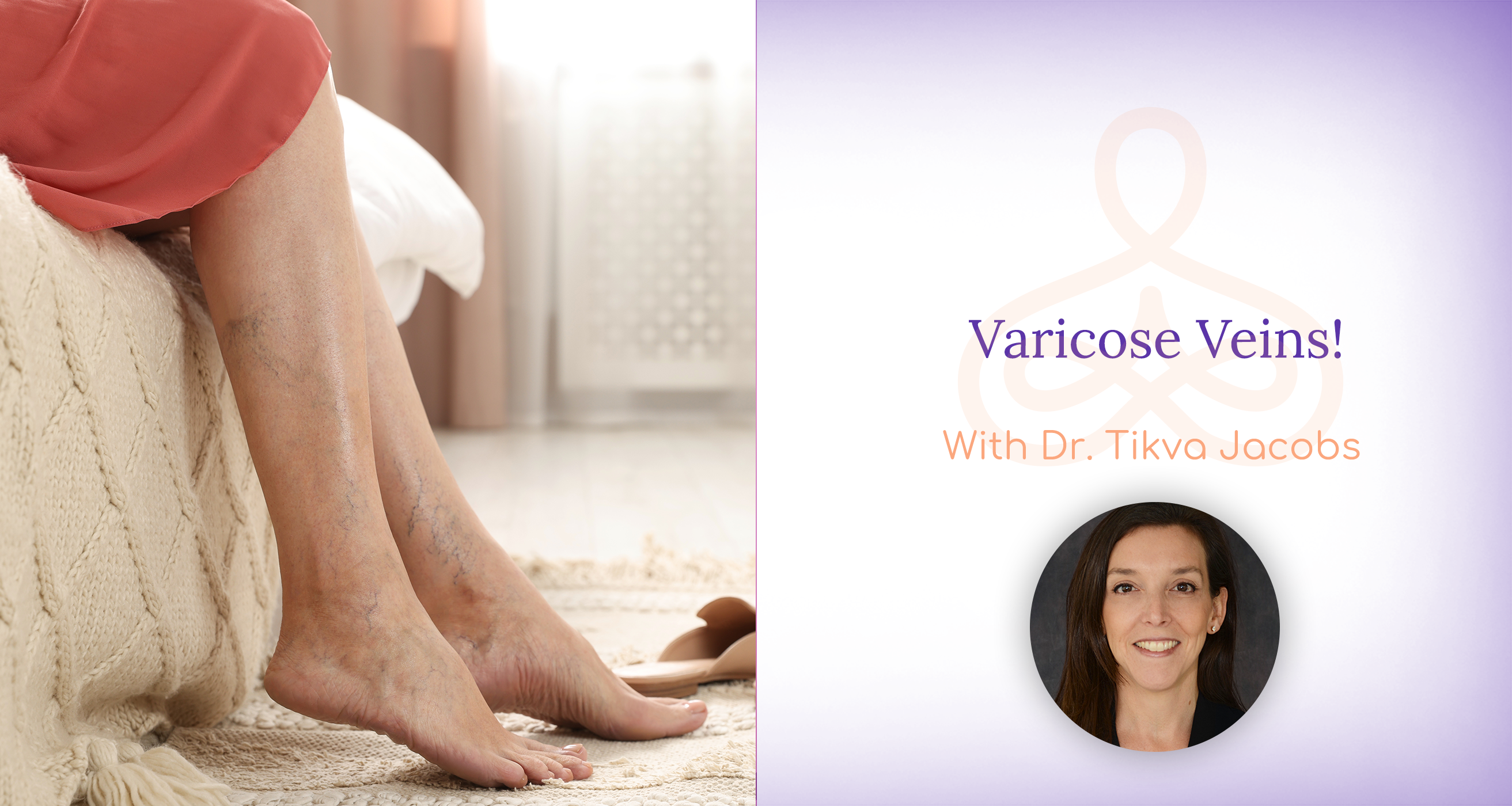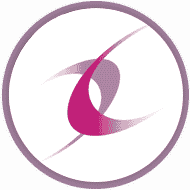In a recent episode of the Healthful Woman podcast titled “Varicose Veins!”, Dr. Nathan Fox speaks with Dr. Tikva Jacobs, a vascular surgeon at New York-Presbyterian/Weill Cornell Medical Center, about the causes, diagnosis, and treatment of venous disease, including how to diagnose varicose veins and improve blood flow in the venous system.
Dr. Jacobs’ Path to Vascular Surgery
Dr. Jacobs shares that she was drawn to vascular surgery for its challenges and the diversity of procedures. After training and working in both arterial and venous surgery, including trauma cases, she eventually shifted her focus entirely to vein care and started her own private practice. She joined Cornell seven years ago, where she now treats a wide range of venous conditions. Whether you are experiencing symptoms or want to address your veins due to cosmetic concerns, Dr. Jacobs evaluates your varicose vein symptoms and treats your condition.
Understanding Venous Disease
Venous disease includes spider veins, reticular veins, and varicose veins. Spider and reticular veins are superficial, while varicose veins are more prominent and can be both a cosmetic and medical concern. Veins return blood to the heart by working against gravity using valves to pump the blood upwards, prevent varicose veins from forming. When these valves are weak or damaged valves, blood pressure in the leg veins increases, causing enlarged veins and contributing to the development of varicose veins.
The Role of Deep and Superficial Veins
The body has deep and superficial veins. Deep veins return about 90% of blood to the heart, while superficial veins handle the remaining 10%. Conditions like superficial thrombosis are different from blood clots like DVT, which can travel to the lungs. Because small blood vessels often connect to deep veins, imaging is essential when varicose veins are diagnosed.
Causes and Risk Factors
Heredity is the leading cause, but hormones, pregnancy, and sitting for long periods or standing or sitting all day can increase risk. Dr. Jacobs says, “The hormones of pregnancy could increase the risk of developing any kind of varicose veins or spider veins.” Maintaining a healthy weight and activating the calf muscles can help relieve symptoms and reduce leg swelling.
Diagnosis and Evaluation
Evaluation includes reviewing a patient’s medical history, symptoms, and performing a physical exam. An ultrasound helps measure reflux and valve function in veins like the great and small saphenous veins. If varicose veins occur, they are assessed for how long they flow backward, if they have damaged the vein walls and if they have created new varicose veins near the skin’s surface.
Minimally Invasive Treatments
Treatments are outpatient procedures using little or no anesthesia. Sclerotherapy helps treat varicose veins by collapsing the damaged veins, while laser chemical or radiofrequency ablation is used for larger ones. Some cases may require vein surgery like phlebectomy to remove visible veins.
Compression Therapy and Special Considerations
Many patients wear compression stockings to manage symptoms and serious complications after treatment. Compression stockings can be worn long-term to avoid or delay treatment. Pregnant patients with mild symptoms of varicose veins are often monitored instead of treated.
Learn More
To learn more, tune in to the full Healthful Woman episode featuring Dr. Tikva Jacobs. Pregnant women seeking care can contact Carnegie Women’s Health through our online contact form.

